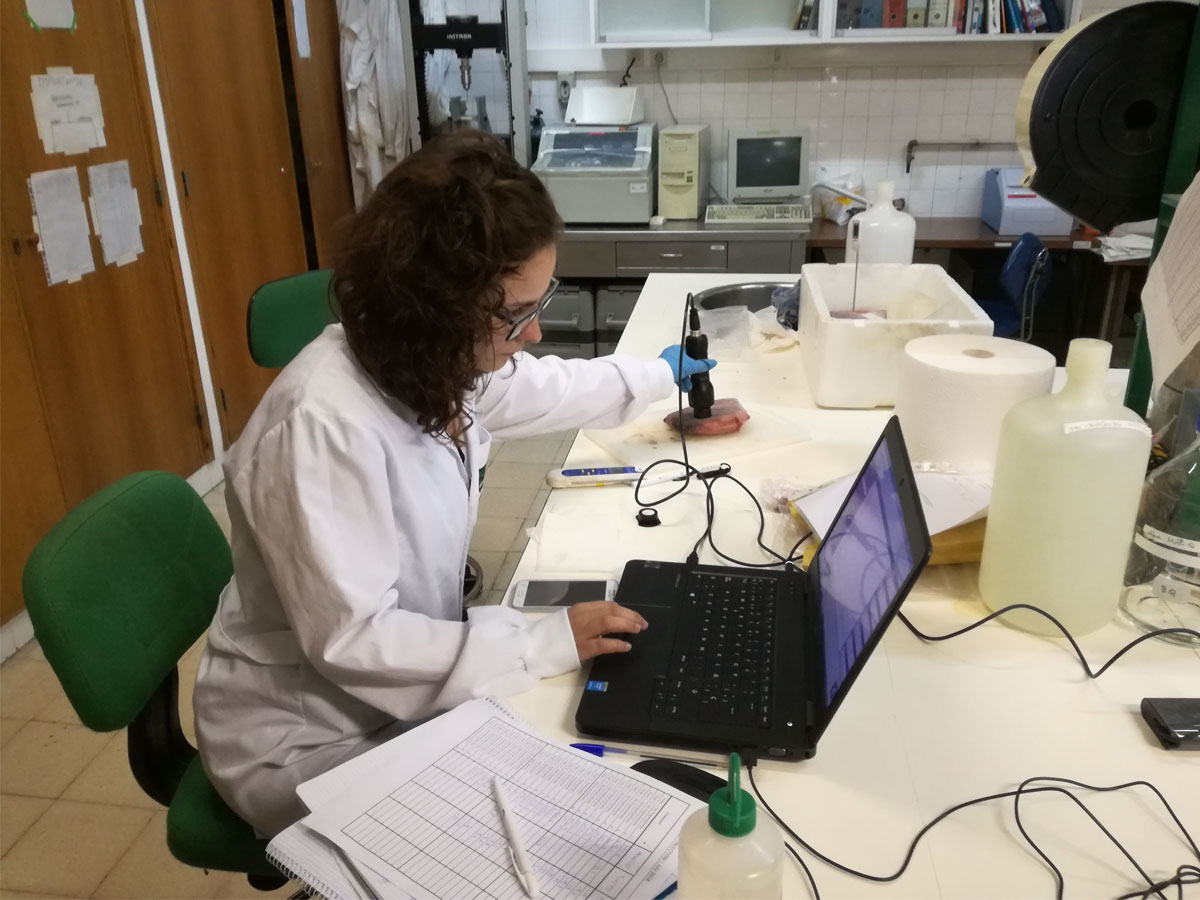SEATRACES PUBLICATION
S. Nieto-Ortega, Á. Melado-Herreros, I. Olabarrieta, G. Foti, G. Ramilo-Fernández, C. G. Sotelo, B. Teixeira, A. Velasco, and R. Mendes
Abstract:
A handheld near infrared (NIR) spectroscopy device, with a wavelength range from 900 nm to 1650 nm and coupled with two Partial Least-Squares Discriminant Analysis (PLS-DA) models, has been used to demonstrate its applicability as a proof of concept for quality monitoring of bigeye tuna (Thunnus obesus). First, a classification model was created to discriminate between injected and non-injected tuna samples. Then, a second classification modelwas developed to discriminate between non-injected and each water and additives treatment used.

The results were promising, showing both models good results in the validation dataset. The first model, with 8 latent variables (LV), had an error-rate of 0.08 and an accuracy value of 0.93. It showed a good discrimination between injected and non-injected samples. The second model, with 10 LV, presented an error rate of 0.15 and an accuracy of 0.88. The discrimination between treatments was good even when protein hydrolysate solutions were used (sensitivity = 0.81; specificity = 0.99; precision = 0.87), a case which is typically hard to detect with accurate destructive analysis. This work opens new possibilities for onsite inspection in thefish industry, where NIR could be used as a complementary tool for the detection of water solutions in tuna.
Journal: Chu, X., Guo, L., Huang, Y., Yuan, H. (eds) Sense the Real Change: Proceedings of the 20th International Conference on Near Infrared Spectroscopy. ICNIR 2021. Springer, Singapore